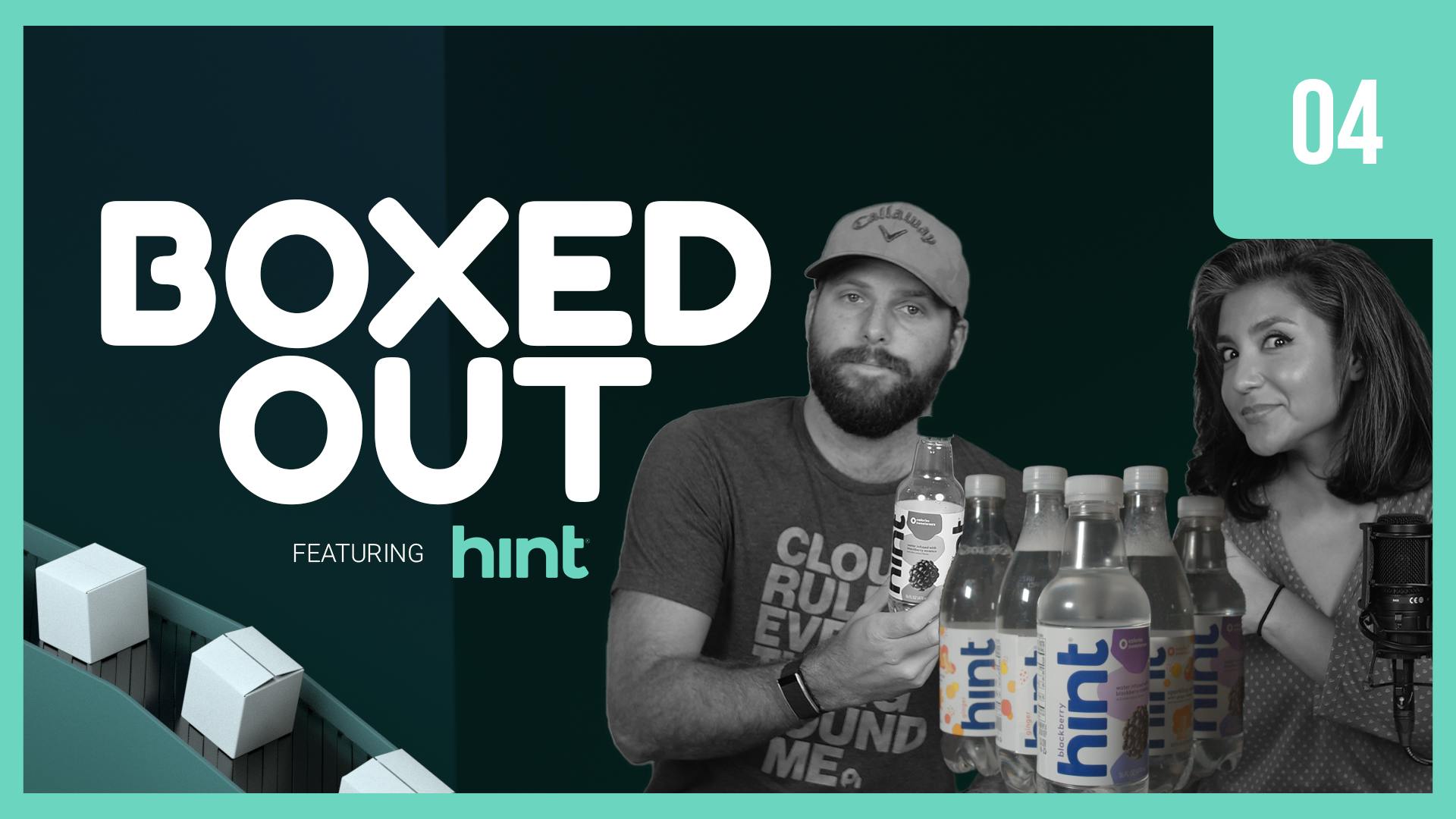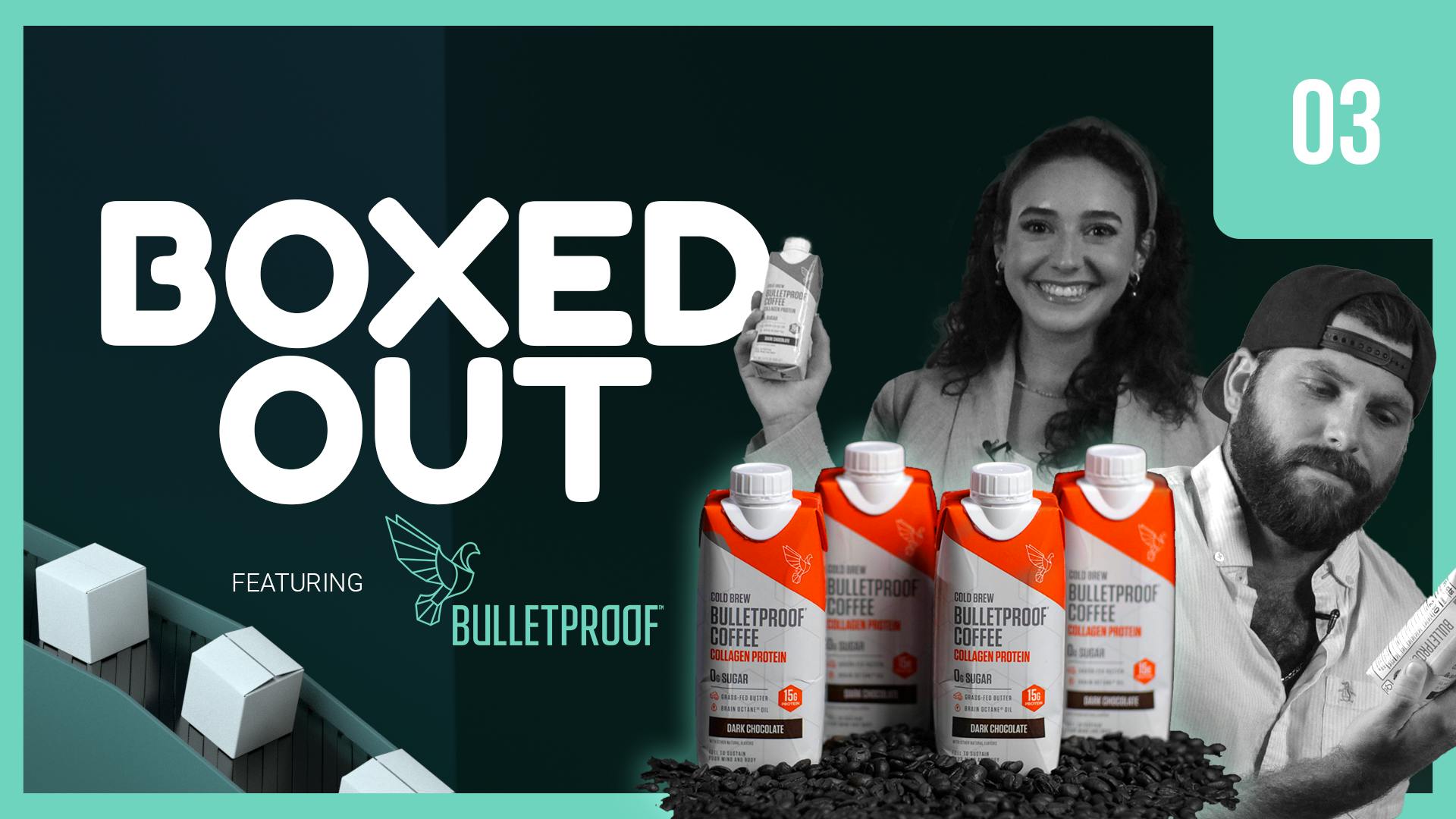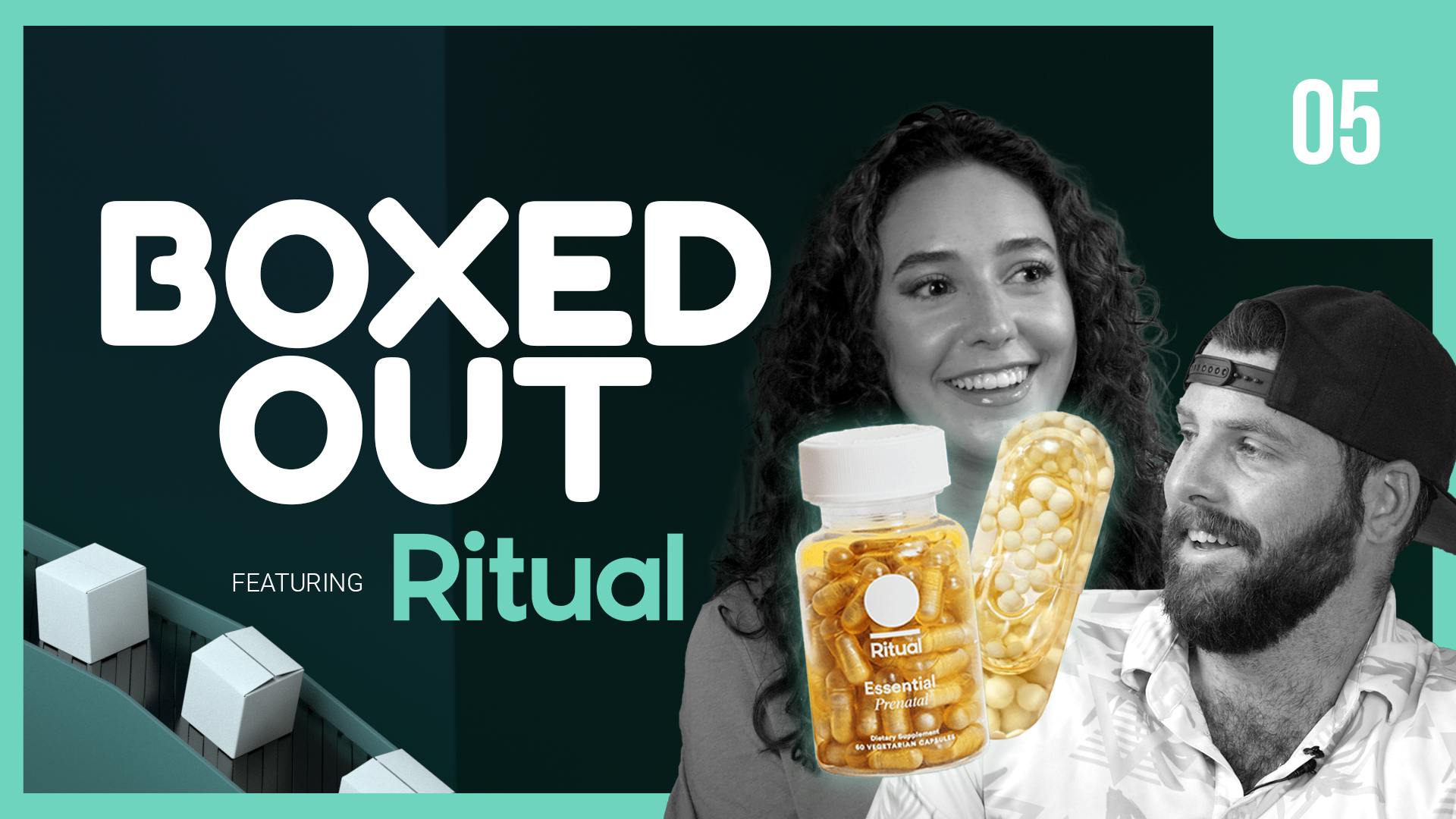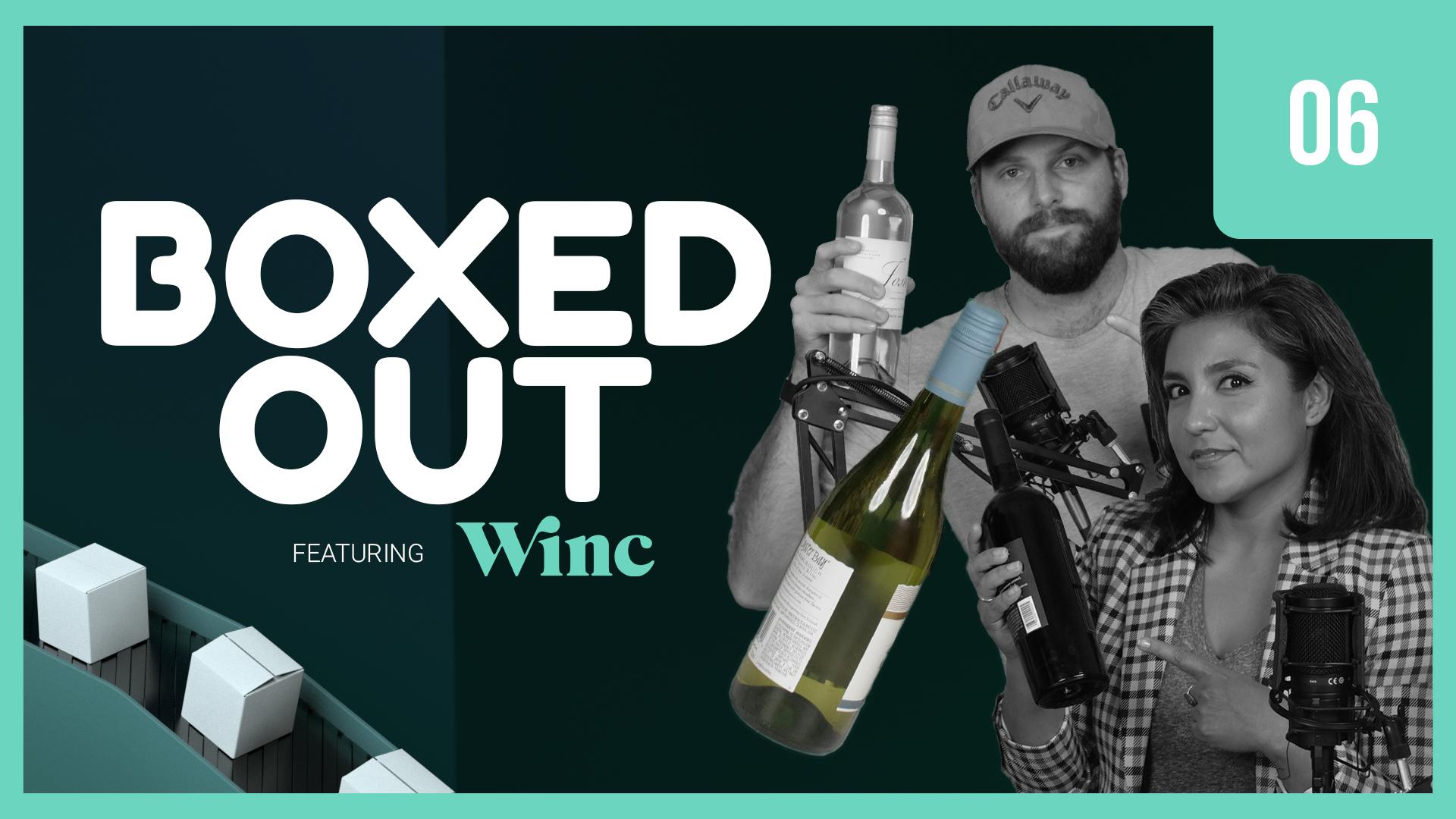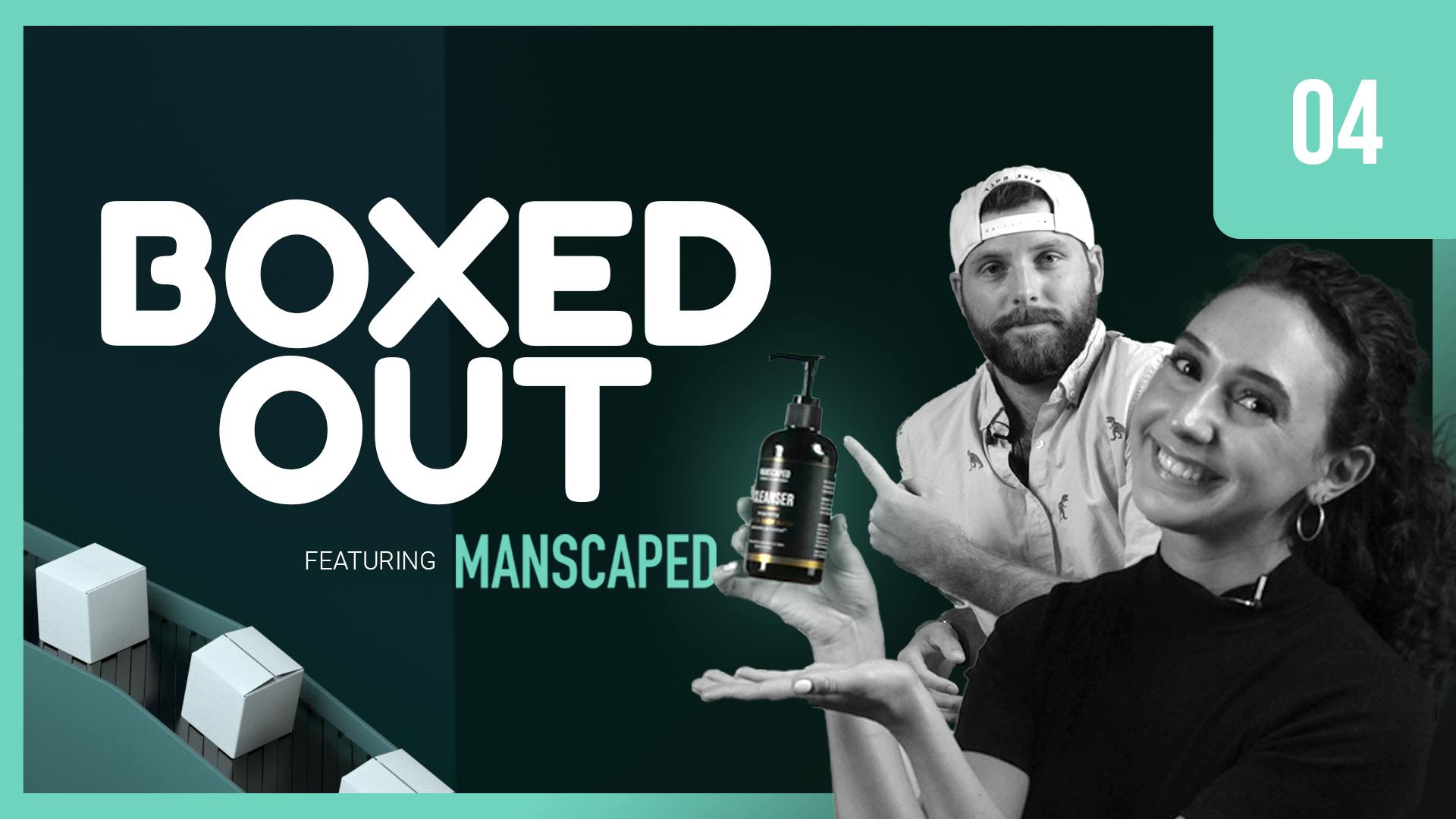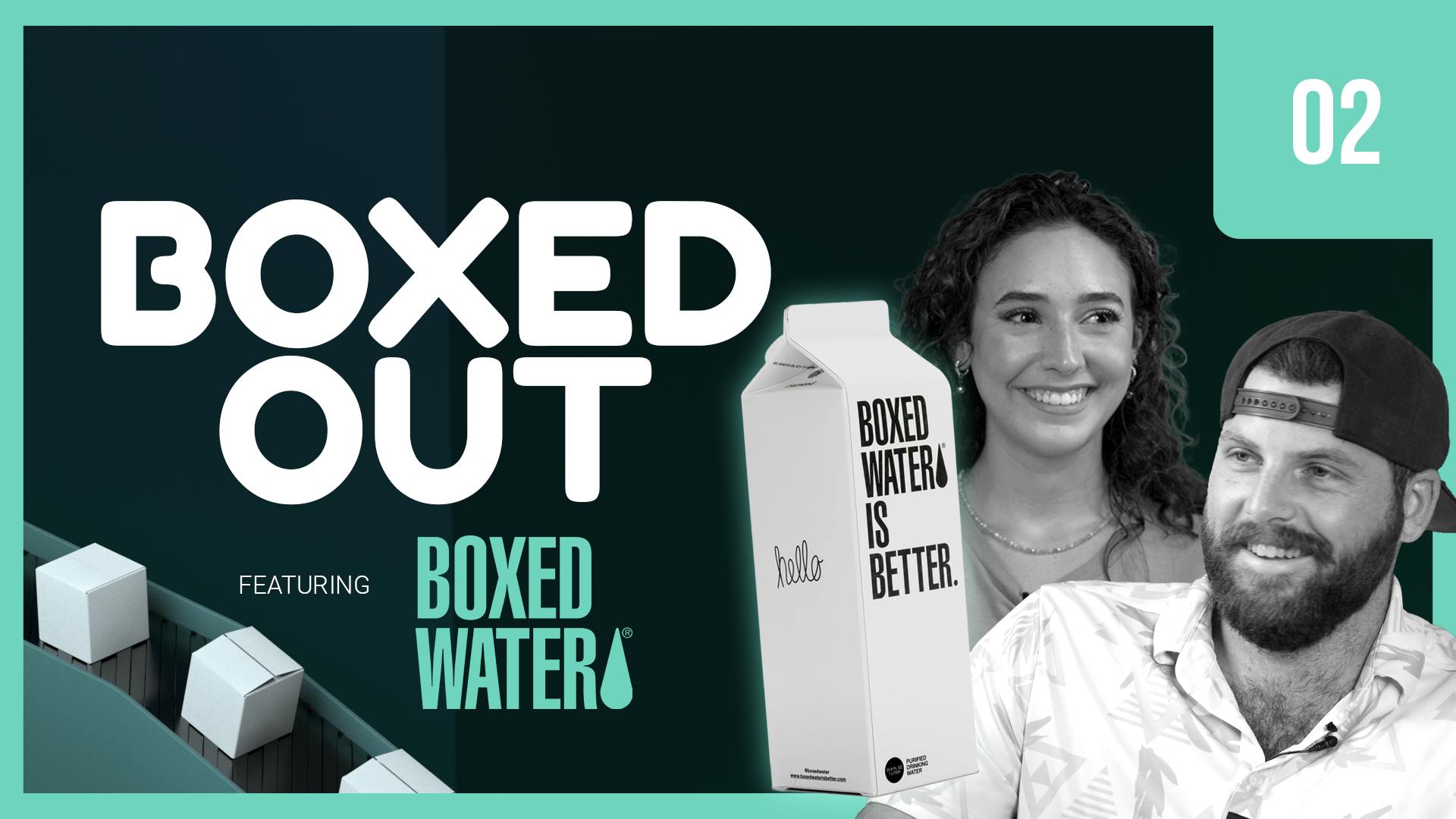
Birchbox: retention makeover or touch up?
This episode might reference ProfitWell and ProfitWell Recur, which following the acquisition by Paddle is now Paddle Studios. Some information may be out of date.
Please message us at studios@paddle.com if you have any questions or comments!
Today we're talking about BirchBox, a company that's revolutionized the multi-billion dollar cosmetics industry. We're going to learn how Birchbox became one of the most popular subscription boxes by making products that fit today’s modern lifestyle. Then, we're going to jump into what Birchbox is doing great — and not so great — with its subscription retention strategy. After this, we'll wrap the whole conversation up into a nice case study that includes improvements for your own brand.
Birchbox recognized the modern-day woman’s need for convenience and simplicity. And its revolutionary business model disrupted this massive industry by filling that void. Today, Birchbox is still one of the most popular subscription boxes around with subscribers and active customers in the hundreds of thousands. But is its retention strong enough to face the newest challenges of subscription ecommerce?
Key takeaways:
- Use sampling as a strategy
Sampling gives your customers a gateway into your product or service. While your brand may not have sampling at the center of your business model like Birchbox does, find a way to experiment with it, even if it’s just as a one-off or by offering some sample packs for one-time purchases.
This also taps into the notion of gifting, which we’ve seen work really well for subscription ecommerce brands. Customers who receive a gift tend to have 20% higher average order values and 10%-15% higher retention rates. - Cancellation flows reduce churn
You must keep in mind that not all customers who cancel are lost. There’s a whole list of reasons that have nothing to do with your company. So it’s crucial that you offer a smooth offboarding process with a one- to two-question survey on why they’re leaving that leads to a salvage offer or pause plan. It’s enough friction to help reduce some churn and increase the long-term possibility of reactivation.
We’ve found that companies that properly offer up salvage offers and have a clear off-boarding experience tend to save 15%-30% of cancellations. - Credit card failure process needs attention
When a credit card fails or declines, it is absolutely crucial to include an intelligent email drip campaign based on the customer's behavior. Include the following: - Four to five plain text emails (these aren’t sent when a credit card goes back on file).
- SMS messages in the flow
- Liven up the credit card form to properly capture the customer back in a more secure, branded, and pleasing way.
Birchbox
Historians trace the use of beauty products, or cosmetics, to 4,000 BC. Ancient Egyptians used kohl, a black material most often made from ground clay or minerals like galena, to dramatize the appearance of their eyes. Think Cleopatra.
By the mid-twentieth century, beauty products became mass-produced, affordable, and available to nearly everyone. Women piled on creams, fussed with foundation, and applied an extensive array of cosmetics. Beauty and makeup rituals could be quite elaborate.
Today, the beauty industry is predicted to exceed $716 billion by 2025. It’s evident that many women still care about their physical appearances. However, nowadays, modern women often don’t have the time to dedicate hours upon hours of careful makeup application. They don’t have the time to shop and browse around for the best products. Birchbox—an online monthly subscription beauty service—recognized the modern-day woman’s need for convenience and simplicity. Its revolutionary business model disrupted this massive industry.
Katia Beauchamp and Hayley Barna, friends from Harvard Business School, founded Birchbox in 2010 and built the beauty sample subscription company from scratch.
Though their backgrounds were in business and finance, they both agreed on the many challenges that arose when shopping for beauty products and saw an opportunity to fill a need for busy women everywhere. They launched Birchbox with a novel plan to make shopping for beauty products easy, fun, and convenient.
Twelve years later, Birchbox is still one of the most popular subscription boxes around.
Birchbox's success
It’s been more than a decade since Birchbox was founded, and there are two main factors for its continued success.
Birchbox filled a void that was missing within a multi-billion dollar industry. It was able to tap into an already successful and growing market with an innovative concept that fit the needs of the women of today — women who were busy and lacking in time to sort through the endless amount of beauty products on the market. Birchbox’s model offered a solution to this problem.
Implementing a mission to support women of all walks of life is another major component to the brand’s success.
From the beginning, Birchbox's founders had the goal of supporting other female entrepreneurs. It partners with women-founded, women-owned, and women-run beauty brands as well as non-profits with women-centered missions. They also frequently participate in speaking and mentoring opportunities for women.
Birchbox offers a selection of beauty products including makeup, haircare, and skincare. Birchbox Grooming also offers a monthly subscription of assorted grooming supplies for men that includes hair, face, body, and beard care products.
The monthly subscription box includes five handpicked deluxe samples that are all personalized for the recipient, along with information on how to use them. You have the option of a one-, three-, six-, or 12-month subscription. There are also a number of loyalty and affiliate programs available to customers. Subscribers also have the option to purchase any of the full-sized products featured as box samples directly from the Birchbox website.
Today, Birchbox is worth hundreds of millions of dollars, and its subscribers and active customers number in hundreds of thousands. With subscription services likely to remain popular and the beauty industry continuing to skyrocket, the outlook for Birchbox seems pretty solid.
Retention Review
Not everything's amazing about BirchBox’s strategy though. However, there’s still a lot to learn from its strategy. The brand does a great job of leaning hard into its customer personas. That being said, the most important thing to remember is that retention is key and an area where most brands mess up.
Why is retention important?
You spend half of your budget and time acquiring customers, but to be successful, you need to keep them. The beauty of the subscription model is that the relationship with the customer is baked directly into how you make money. If that customer is happy, they'll keep buying from you in the long term. If they're upset or not seeing the value, they'll cancel—quickly.
Plus, money talks here. Subscription ecommerce companies using the tactics we're going to talk about have 2x the customer lifetime value (LTV), 2x the average order value, and 3x higher growth rates, because they're not worried about plugging a leaky retention bucket.
To highlight the importance here, let's look through BirchBox's retention strategy and break down what they're doing well, and not so well, so you can learn for your own DTC business.
Retention has three parts:
- Active churn, which are customers who are actively choosing to cancel your product.
- Expansion revenue, which are your existing customers that buy more product.
- Delinquent (or involuntary) churn, which are customers who's credit card or payment has failed, which sadly is one of the largest single buckets of where you're losing money.
Active Churn
When we look at Birchbox's active churn, there are so many reasons why a customer may cancel—some you can control, others you can't. We want to make sure Birchbox is not only setting up their customers for long-term retention in the initial purchasing process, but that they're also collecting information on why someone's cancelling, if they so happen to, in order to get a clean cycle of retention improvement.
First up, the beauty profile feature on Birchbox is actually really good. Birchbox is obviously in the cosmetic space, but it is equally enmeshed in the data space. Its goal is to ensure that the types of cosmetics it sends customers result in longer subscriptions and upsells to more expensive items. Asking clients specific questions about their preferences ensures better product targeting. The biggest problem with Birchbox’s current setup is that the beauty profile feature appears after checkout. For most brands, this questionnaire actually increases conversion and retention, which Birchbox is potentially missing out on.
My guess is that the price point is relatively low overall, so it doesn’t really matter if the questionnaire appears before or after the sale.
In general, though, for most brands, it would be better to have this piece appear before the checkout flow because it allows the experience to feel tailored to the needs of the customer. This ultimately helps with retention and boosts conversion rates.
One aspect that Birchbox does really well is how it handles its loyalty and VIP programs. These programs are great because they encourage gift hunting and, by extension, more purchasing. With the loyalty program, Birchbox keeps its customers coming back to its site rather than a competitor’s. It also helps build more of that brand affinity that does wonders for retention. The one thing I would change here, though, is that I’d switch from a points system to a more cash-based loyalty system. We’ve found that people respond better when loyalty programs are positioned more in the vein of “Birchbox Cash” versus the existing setup.
In general, people like to spend cash if they have it, particularly when it’s a gift. Points and similar benefits systems are kind of ethereal and misunderstood. For your brand, we recommend taking the reward program seriously and moving more in the direction of a cash-based incentive system. You may be surprised at how well this kind of system taps into the psychological need for addressing scarcity.
One last tip for Birchbox is to improve its offboarding and cancellation flows. The cancellation flow sort of exists, but it fails to ask customers why they are canceling first and foremost. Based on that answer, Birchbox could provide some salvage offers, including the option to pause subscriptions rather than a full-on cancellation. Right now, the brand kind of just makes a weak attempt at keeping customers and then asks why they left. When it comes to retention, this step is probably where Birchbox is missing out the most.
Like we’ve said time and time again, ProfitWell has found that the companies that properly offer up salvage offers during the offboarding process tend to save 15-30% of the customers initially intending to cancel. This data is based on a study we did of just over 1,000 DTC subscription companies.
Expansion Revenue
Expansion revenue is crucial, because your existing customers are more than willing to buy 3x more from you—you just have to make sure to ask. Plus, those customers who have at least one add-on or additional purchase tend to have 18%-54% higher lifetime value, meaning they're paying you more over the life of the subscription, but they're also sticking around longer, because they're more ingrained within your product.
Birchbox’s business is completely built on the concept of expansion. The subscription boxes themselves are essentially samples and are meant to persuade customers to upgrade to full-size product options. What’s brilliant about this approach is that Birchbox probably doesn’t have to pay anything for these product samples. Most brands would be more than willing to get involved with Birchbox for a chance at accessing its massive distribution list.
While your brand may not be built on a model like Birchbox’s, you can still use sampling to your advantage. Including sample packs of your product (or even a free item) can potentially hook customers. When you pair this offering with a subscription, you can easily expand customer lifetime value.
Birchbox should work on its term optimization by putting together some paths for monthly customers to commit to quarterly, semi-annual, or annual plans within its order and post-purchase flows. These subscription options of varying lengths all improve retention immensely.. In fact, quarterly and annual customers tend to have 200% to 400% higher lifetime value, mainly because they aren’t making purchasing decisions every month when they see the receipt.
Keep in mind that new users may want to try the product out before committing to something longer term. Reminding customers through a plain-text email that has an offer and a one-click upgrade to a longer plan will help boost overall lifetime value.
ProfitWell has published a lot of research on this, but using physical amounts for the discount, whether you’re talking free products or a dollar amount off, works roughly twice as well as percentages off. Birchbox is made for this strategy since it could easily include exclusive samples for customers that upgrade to longer-term plans.
Credit Card Failure
Now let's talk about the sexiest topic in the world-- credit card failures. We know you don't wake up sweating in the middle of the night thinking about credit cards (that's our job), but here's why we obsess over things like this. In general, 40% of the subscription customers that leave you are leaving because of failed payments. To get these customers back, we want to treat these folks like they’re in a marketing channel and send them messages before their credit cards actually fail. We want to do this all the way through the point of failure via email and text messages.
Like most brands, Birchbox needs work in this area. It needs to make sure it’s sending out four to five plain-text emails that come from a person’s account rather than anything markety or over-designed. Plain-text emails work best because they build reciprocity with customers who feel obligated to respond (or, at least, not ignore) emails that look like they were written by a real person. Including the value messaging as part of the email is also a good strategy.
Don’t forget SMS notifications either. These messages get 90% open rates within three minutes. Don’t overdo it, but sending out a text message or two alongside emails will get you a response in a hurry.
The one other aspect that is good to note here is that brands should retry the failed credit card in an intelligent way rather than just randomly. There are 130 different reasons why credit cards fail. Most of them are outside the customer’s control. An easy way to get customers back with failed credit cards is to create a system that strategically recharges cards.
Based on what we’re seeing here, I think Birchbox could actually double its current recovery rate if it implemented some of these strategies.
Overall:
Overall, Birchbox’s doing above average compared to what we see from other subscription ecommerce brands. There are some highlights there, but also some lowlights. If they want to take on this multibillion-dollar industry and win, there are some key changes that need to be made.
Retention Revamp
Let's revamp. First though, why do we feel we have any authority to even talk about this? Roughly 20% of the entire subscription market is using ProfitWell, so we're sitting on more data than anyone else. Simply put, we have the data to know what works and what doesn't, and we care more about this problem than anyone else out there.
Let's walk through three big things we'd change immediately about BirchBox's retention strategy, so we can all learn for our own brands.
Steal it:
Sampling as a strategy
Sampling is a tactic that we see other brands use beautifully, and I think it’s something that everybody should latch onto. As we mentioned, sampling gives your customers a gateway into your product or service, which leads to better full-time usage, subscription rates, and, ultimately, retention. Most brands aren’t going to have sampling at the center of their business models like Birchbox does, but they can certainly adopt this strategy as a one-off or even offer up some sample packs for one-time purchases.
This also taps into the notion of gifting, which we’ve seen work really well for subscription ecommerce brands. Customers who receive a gift tend to have 20% higher average order values and 10%-15% higher retention rates. This is all based on a study we did of 30,000 subscription ecommerce customers. The big takeaway for your brand is to find a way to experiment with sampling, even if it’s just for a one-off try.
Change it:
Cancellation flow needs improvement
A big piece we’d change about Birchbox’s current processes is its cancellation flow. Right now, the brand has the directional will to make this great, but it needs to improve on its execution. It’s definitely losing a lot of revenue by failing to offer salvage deals and minimize friction points.
Not all customers who cancel are lost. Sometimes it’s timing or a vacation or a whole list of things that have nothing to do with your company. Instead, offer a smooth offboarding process with a one- to two-question survey on why they’re leaving that leads to a salvage offer or pause plan. It’s not a ton of friction, but it’ll reduce some churn and increase the long-term possibility of reactivation.
We’ve found that companies that properly offer up salvage offers and have a clear off-boarding experience tend to save 15%-30% of cancellations. This is based on a study ProfitWell completed on just over 1,000 subscription ecommerce companies.
Credit card failure process needs revamping
Finally, Birchbox needs to upscale its credit card failure process. It isn’t a small brand anymore and should stop acting like one with its current process. Ultimately, it’s losing a lot of money by doing the bare minimum. It needs to send four to five plain-text emails in an intelligent drip campaign based on the customer’s behavior. Once a card is back on file, it obviously needs to pause these email sequences.
It also needs SMS messages in this flow and it needs to liven up its credit card form to better capture users back in more secure and pleasing ways. By making some of these changes, Birchbox could likely double its recovery rate.
Who's up next?
Next week, we're taking on the world of flavored water with Hint. Hint has become incredibly popular recently by bringing a slew of delicious and refreshing customizable water flavors right to your door, and next week, we’re going to see how its retention strategy is faring.
